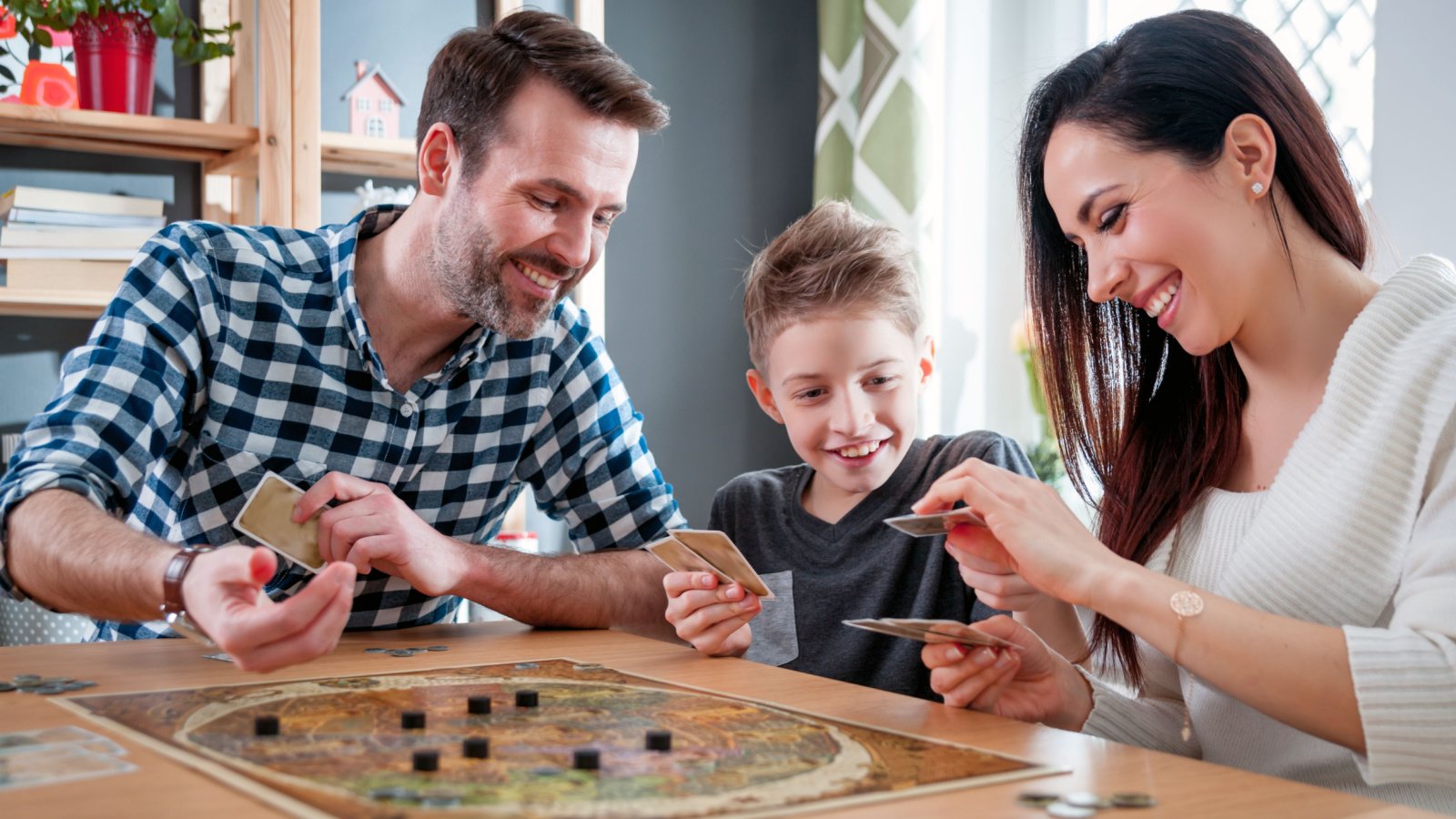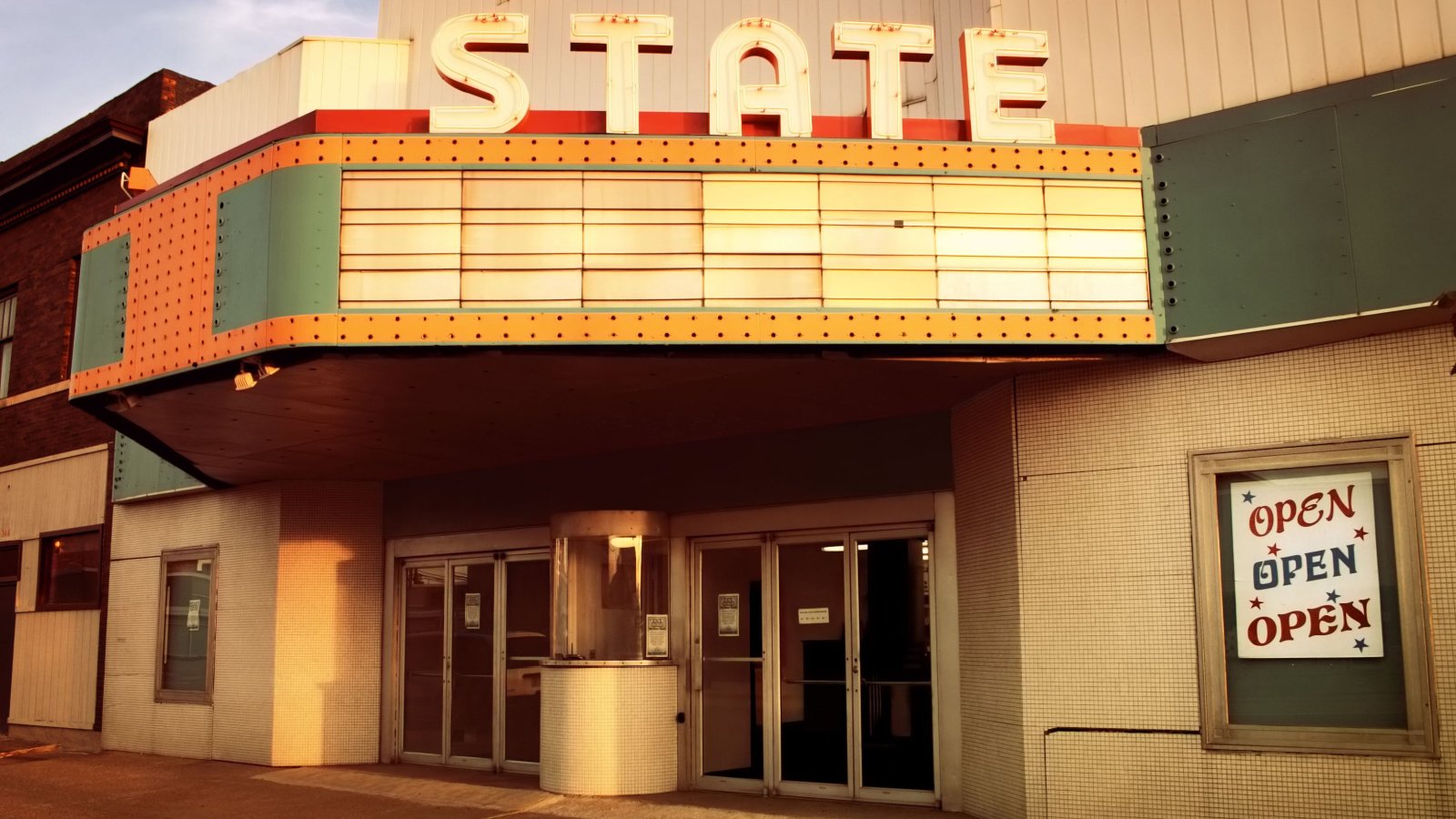Nostalgia for bygone days makes us reminisce about simpler times and traditions that once shaped our daily lives.
Many yearn for the intimacy of handwritten letters, replaced by the convenience of digital texts. The days when children played outside all day, and communities gathered to celebrate even small achievements offered a sense of belonging that modern society often lacks.
Let’s take a journey back and explore the cherished practices of yesteryear, examining why they remain significant in our collective memory.
Family Gatherings

Family gatherings were often the cornerstone of social life, with extended families convening regularly. Nowadays, the digital world often replaces what was once face-to-face interaction. It’s a fact: in the 1950s, over 50% of Americans lived near their extended family, which made gatherings a weekly event.
Handwritten Letters

The art of penning a letter held a personal touch that texts and emails simply can’t replicate. A 1999 study found that people tend to disclose more personal feelings in handwritten letters than in digital communications. Each stroke of the pen carried the writer’s emotions and thoughts, creating a tangible connection between the sender and the receiver.
Dating Etiquette

Courting in past decades was a formal affair, with rituals and unspoken rules that structured interactions. Unlike today’s casual dating culture, a date often involves meticulous planning and a respectful approach. This formality ensured clarity and respect in the early stages of a relationship, making dating a revered tradition.
Community Involvement

Local involvement was not just common but expected; communities thrived on the participation of every member. In 1960, community event attendance was at its peak, with 70% of the adult population actively participating in local events. The drop in community engagement to about 30% today reflects a shift towards more isolated, individual lifestyles.
Respect for Authority

The respect afforded to figures of authority has seen a significant decline. Historically, teachers, police officers, and community leaders were held in high esteem, which fostered a sense of order and respect. Today, skepticism often overshadows respect, altering the dynamics of societal structure and interaction.
Quality of Products

Products made decades ago were often built to last, with a focus on durability and craftsmanship. A refrigerator bought in the 1940s was likely to last over 20 years, unlike many models today. The shift towards mass production has compromised this durability for speed and cost efficiency.
Focus on Education

Education was once revered as a precious opportunity, not just a mandatory step in life. Students of the 1950s and 60s often pursued education with a vigor and respect that is less commonly seen today. This reverence contributed to higher levels of engagement and achievement in academic environments.
Cooking at Home

Home-cooked meals were a daily norm, celebrated for both their nutritional value and the camaraderie they fostered. A 1970 survey showed that families ate together at home at least five times a week. The move away from this practice has implications for both family dynamics and health.
Play Outside

Children used to play outside until the streetlights came on, engaging with their environment and learning valuable social skills. This type of play developed physical and social abilities in a way that screen time simply cannot match. Recent studies show that outdoor play can boost problem-solving skills and creativity.
Listening to Albums

Music lovers would listen to albums in their entirety, appreciating the narrative and flow intended by the artist. This ritual fostered a deep appreciation and understanding of the music. Today’s shuffle culture often skips this experience, reducing songs to mere background noise.
Shopping Locally

Supporting local businesses was once a given, ensuring that money spent helped to bolster the local economy. In the 1960s, nearly 60% of consumer spending was in small, independently owned stores. The rise of global megastores has dramatically changed this dynamic, often to the detriment of local communities.
News Consumption

Reading the daily newspaper was a ritual that kept individuals informed and engaged with their communities. The shift to online news has increased reach but often at the expense of depth and accuracy. A 1980 study revealed that newspaper readers were better informed on local issues than today’s internet users.
Manual Driving

Driving a car required more skill and attention when manual transmissions were the norm. This engagement with the driving process often made drivers more attentive and aware of their surroundings. Automatic transmissions, while convenient, have removed a layer of interaction with the vehicle.
Film Photography

Taking a photograph was a thoughtful process, often involving skill in setting up the perfect shot. Film cameras didn’t allow for instant retries, making each photo a meaningful attempt to capture a moment. This limitation encouraged a more mindful and artistic approach to photography.
Repair Over Replace

Fixing broken items was common practice, driven by an understanding of the value and craftsmanship of goods. Workshops and home repair skills were passed down through generations, emphasizing sustainability. The modern throwaway culture undermines these values, impacting both wallets and the environment.
Real Conversations

Face-to-face conversations were the primary means of communication, allowing for deeper connections and understanding. These interactions are often more nuanced and emotional than digital exchanges can provide. A 1980s study found that students who frequently engaged in personal conversations were more empathetic and socially aware.
Playing Board Games

Board games were a popular pastime, offering fun and learning through strategic thinking and social interaction. These games often require critical thinking and patience, skills that are invaluable in personal and professional settings. The shift towards digital entertainment has overshadowed these traditional games, which still hold value for cognitive development.
Learning from Elders

Learning life skills from older generations was common, with wisdom passed down through stories and shared experiences. This intergenerational exchange fortified family bonds and provided a sense of continuity. Modern lifestyles often undervalue these lessons to the detriment of cultural and personal growth.
Independent Cinema

Independent films once received more spotlight, offering diverse stories and perspectives outside mainstream cinema. These films were crucial in developing critical thinking about culture and society. The dominance of blockbuster films has marginalized this important cultural expression.
Library Visits

Visiting the library was a frequent activity for many, offering access to a wealth of knowledge and a quiet refuge. Libraries were community hubs that encouraged learning and curiosity. The decline in library usage reflects a broader shift towards fast, often superficial methods of obtaining information.
Celebrating Success

Achievements were celebrated with community gatherings, recognizing individual or group success as a collective triumph. These celebrations fostered a sense of achievement and community pride. Today, while achievements are often acknowledged online, personal connection and communal celebration are frequently missing.








